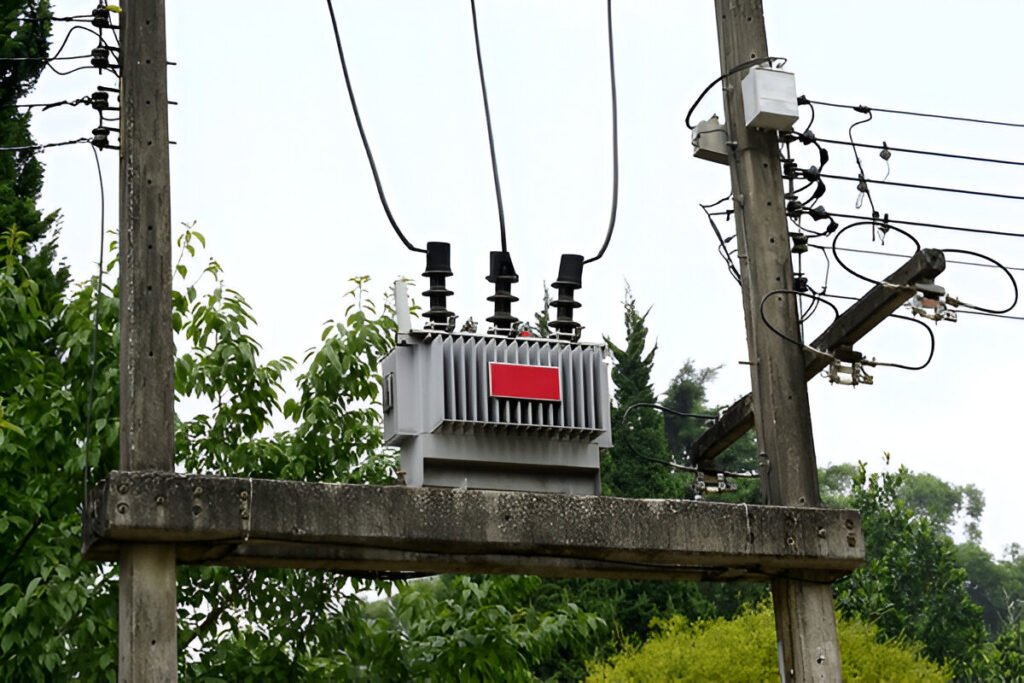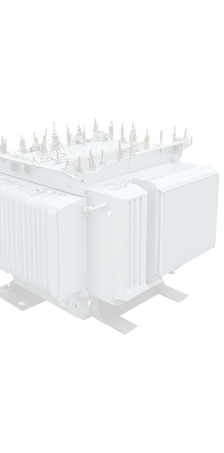When working with surplus electrical transformers, ensuring their performance and safety is essential. Whether you’re refurbishing, recycling, or reusing transformers, onsite testing is a critical step. Technicians rely on specific tools and testing equipment to evaluate a transformer’s efficiency, detect faults, and prepare them for re-installation or disposal.
In this blog, we’ll explore the most essential onsite testing tools every technician should use for surplus electrical transformers, along with why these tools matter for safety, performance, and compliance. If you’re involved in recycling or reselling surplus units, this guide is for you.
Why Testing Surplus Transformers Matters
Surplus transformers may look intact, but internally, they can suffer from insulation breakdown, core saturation, or winding resistance issues. Without proper testing, reusing or selling them can result in system failure or safety hazards.
Testing helps technicians:
- Assess insulation health
- Detect short circuits or open windings
- Measure core losses and temperature rise
- Verify voltage ratios
- Decide whether a transformer can be reused or needs dismantling
If you’re in the industrial scrap metal recycling business or a technician dealing with refurbished assets, testing is your first line of protection.
Top 6 Onsite Testing Tools Technicians Must Use
Let’s break down the tools you should always bring when handling surplus electrical transformers:
1. Insulation Resistance Tester (Megger)
This tool measures the quality of insulation between transformer windings and ground. A poor insulation reading indicates internal moisture, aging, or degradation.
Using a Megger is one of the most basic—but essential—practices when preparing transformers for resale or further industrial recycling.
2. Transformer Turns Ratio (TTR) Tester
TTR testers compare the actual voltage ratio to the expected design. A mismatch can indicate issues like shorted turns or faulty winding connections. It’s especially helpful in older surplus transformers where internal damage isn’t visible.
3. Winding Resistance Tester
This tool helps detect loose connections, broken conductors, and contact problems. Winding resistance testing is typically done before and after field repairs.
If you’re involved in transformer dismantling or scrap evaluations, this tool helps you decide whether a transformer is repairable or should be scrapped.
4. Power Factor Tester (Tan Delta)
Power factor tests measure the dielectric losses in transformer insulation. It’s important when you’re certifying a transformer’s life expectancy.
If losses are too high, the transformer may need full refurbishment or be directed toward scrap equipment buyers instead.
5. Sweep Frequency Response Analyzer (SFRA)
SFRA testing detects mechanical movement inside the transformer, such as displacement from a short circuit or mishandling during transport. It’s particularly important for large surplus units that have been sitting idle.
6. Infrared Thermal Imager
Thermal imaging helps identify hot spots, poor connections, or loading issues that aren’t detected during static tests. This non-contact method provides quick visuals and is essential for transformers under load.
The Role of Testing in Transformer Recycling
Once testing is complete, results determine the transformer’s future. A unit that fails multiple tests might be directed toward industrial scrap or scrap recycling industries. On the other hand, a working unit with minor issues may be repaired and resold.
Testing helps you:
- Reduce the risk of failure during operation
- Comply with environmental and safety regulations
- Ensure fair evaluation before selling scrap metal
- Make informed decisions in industrial dismantling processes
Tips for Technicians Working with Surplus Transformers
To make the most of your testing process, follow these tips:
Keep Equipment Calibrated
Always check that your testing tools are calibrated and meet the latest standards. Faulty readings can lead to incorrect evaluations and unsafe decisions.
Record and Compare Results
Keep a record of all test results for comparison over time. This helps in determining wear and lifecycle patterns of transformers, especially those that are reused across multiple sites.
Use Personal Protective Equipment (PPE)
Testing live or energized transformers without safety gear is dangerous. Always wear PPE, including gloves, arc flash suits, and insulated footwear.
Understand the Scrap Value
If testing proves the transformer unusable, refer to scrap transformer prices to get the best return for the unit. Scrap prices vary by weight, copper content, and condition.
Testing Supports Smarter Recycling Decisions
When you thoroughly use tools for surplus electrical transformers, you’re not just avoiding accidents—you’re boosting profit and sustainability. Proper testing ensures equipment is either safely reused or responsibly recycled.
Companies like JJ Liquidations help streamline the process from transformer testing to selling scrap metal for cash. Whether you’re an independent technician or a large-scale operator, these resources help you make smart, informed decisions.
Conclusion
Knowing which onsite tools to use for surplus electrical transformers empowers technicians to work smarter and safer. From Megger tests to SFRA analyzers, each tool plays a vital role in determining the next step—reuse, repair, or recycle.
With the right tools and partners in place, technicians can turn surplus into profit, safety into certainty, and scrap into opportunity. Whether you’re prepping for reuse or considering transformer disposal, don’t skip the testing—it’s the bridge between guesswork and expertise.



